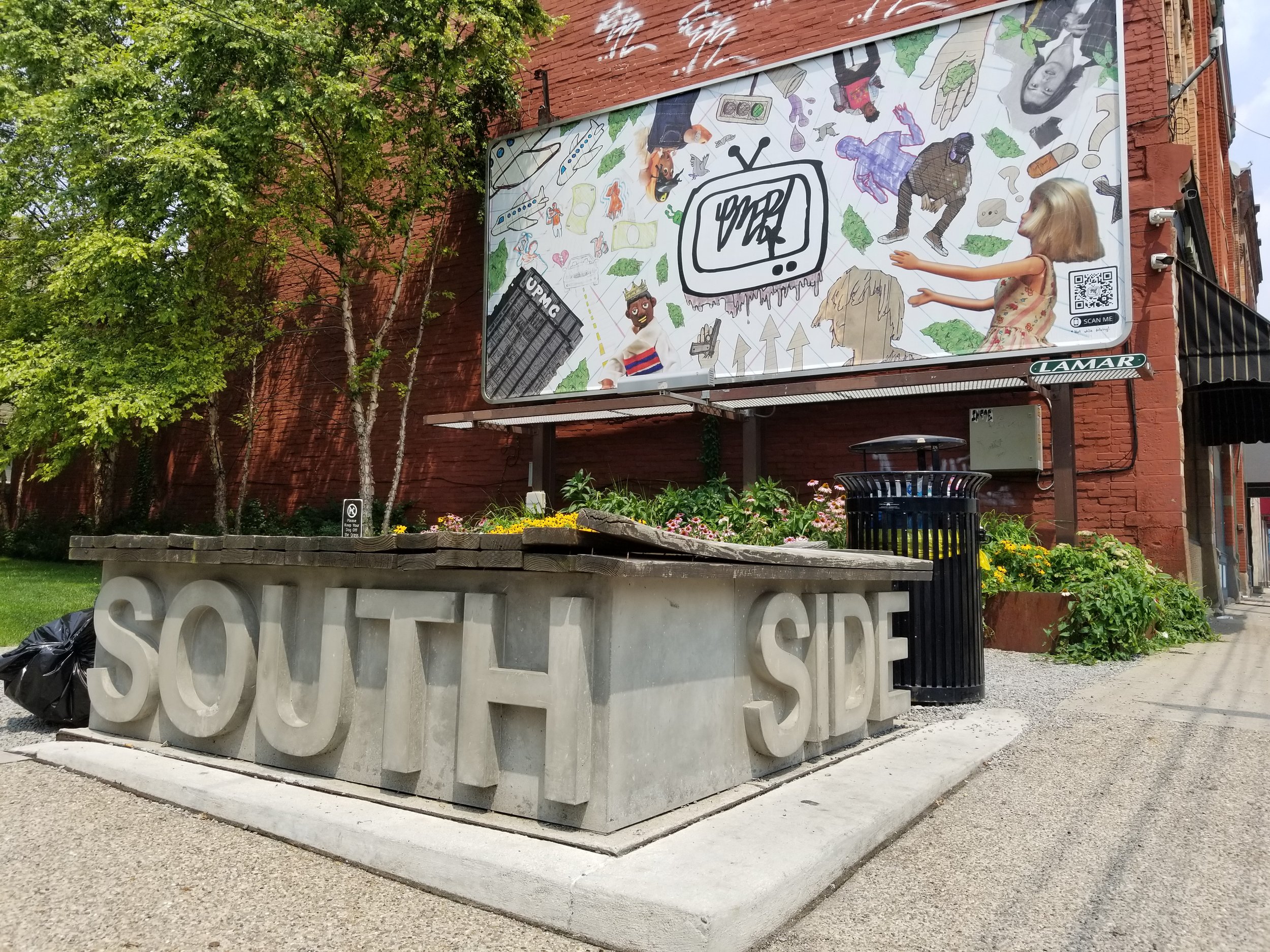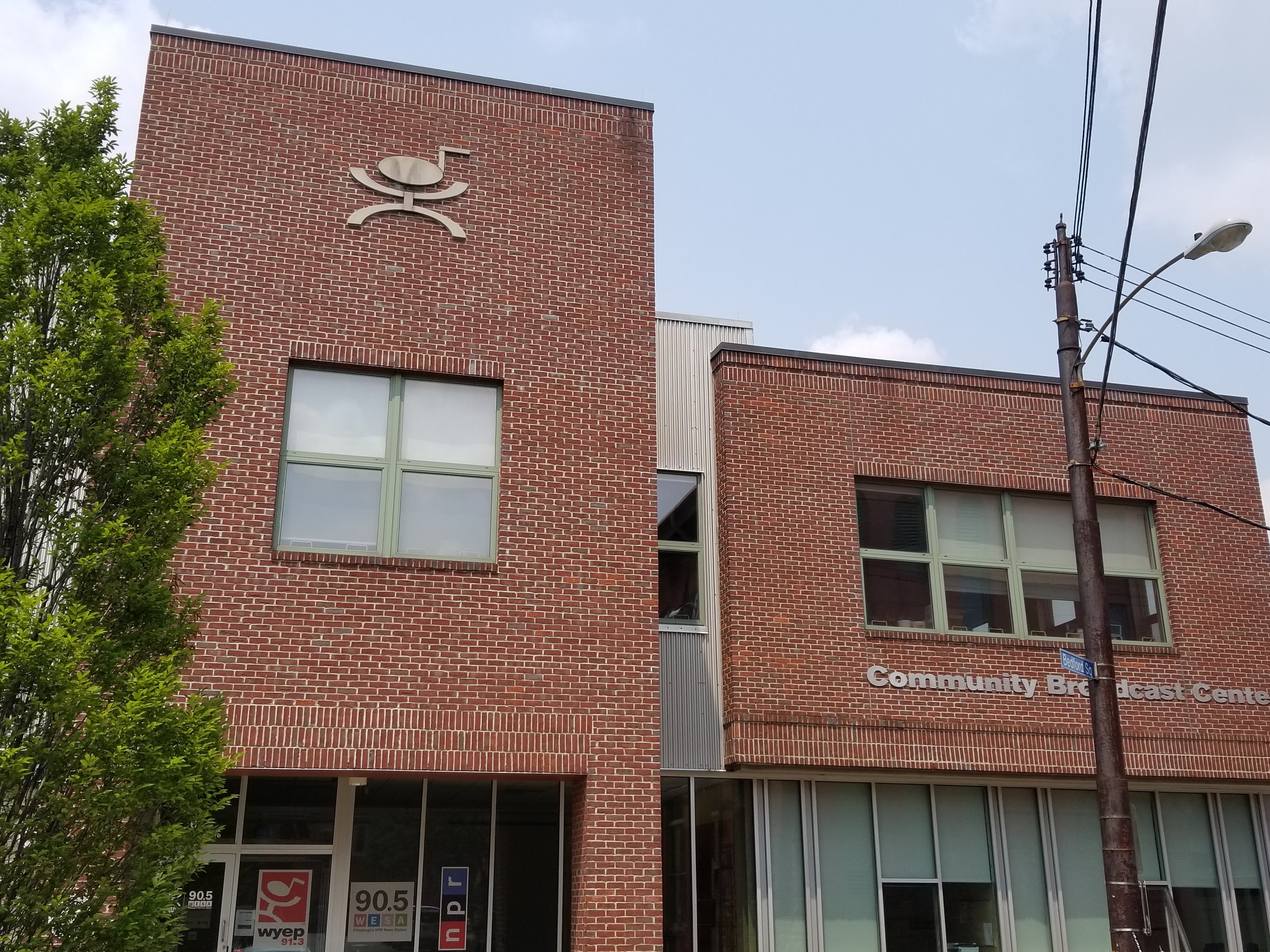The current confluence of the ongoing Coronavirus pandemic and popular political demonstrations has provided strikingly urgent examples of how city space may be actualized as a projective medium. By “projective medium” I mean to describe a repurposing of urban environments wherein public space serves as a canvas not only for the circulation of artistic representations or political slogans but for the staging of interventions of imagination, a testing ground for potential futures. Within the past few months we have seen dramatic and unprecedented reconfigurations of public space: first in the widespread “lockdown” and “stay at home” measures designed to mitigate the viral transmission of COVID-19; and secondly with irruption of mass protests against police brutality and extrajudicial killings of people of color. Both of these “moments” have offered profound illustrations of the social production of space, as well as ways in which the physical infrastructure of the built environment is an inherently politicized terrain.
In the early days of the Coronavirus quarantines reconsiderations of urban space focused on absence and withdrawal. Photographs of unoccupied Los Angeles freeways and deserted downtown districts circulated widely online. At the end of March the New York Times published a photo essay documenting quietude throughout the five boroughs with the title “New York Was Not Designed For Emptiness.” The fascination with emptied city spaces is certainly linked to visual tropes of apocalyptic fiction and representations of humanity’s end depicted so often in popular culture: the silent streets and vacant plazas served as visual confirmation of the otherwise “unseen” virus, and visceral reminder of our ultimately precarious civilization. The allure of these images may also be linked to a desire for (psychological) distance from the biological threat. Writing in the Verso Books blog, Rob Horning credited such photographs with reinforcing a sense of “exemption” from the vagaries of the natural world and from the virus itself:
“Our ability to appreciate these images doesn’t underscore our ultimate harmony or interconnection with the natural world and the life that purportedly re-emerges when the highways are finally vacated. Rather it lets us use mediation (our ability to consume representations) to rearticulate our exceptionality. We can assume the subject position of the camera and pretend that makes us immune to being objects in the world.”
The onset of “social distancing” induced an attitudinal shift in how we related to the shared spaces of everyday life. The withdrawal from public places to the atomistic dwelling of self-isolation created a sort of vacuum, opening up a space in which new meanings and relations could be introduced. In many cities around the world residents rediscovered the balcony as a link between the individual and communal worlds. Balconies have always served as liminal spaces between the publicity of the street and the privacy of the home. During quarantine these sites gained renewed significance as spaces for performance and communication. Neighbors socialized from across their respective railings, and a new routine developed where residents would gather to applaud medical workers from their balconies at appointed shift-change times.
The mass migration indoors prompted rediscovery of the built environment as communication medium in other ways. I am particularly fond of the various projects that involved projecting films onto the sides of buildings. In Rome the cinema organization Alice nella Città began scheduling regular projections of classic films, and encouraged any citizens with the ability to do so to implement their own screenings. In Berlin the Windowflicks project hosted screenings by projecting movies on the walls of residential courtyards. (On a somewhat related note, I was disappointed to learn that Vulcan Video, a beloved DVD rental business in Austin, TX and one of my most frequented locales when I lived in that city, did not survive the Coronavirus outbreak.)
At the end of May the insular isolation of “stay at home” measures reversed into a dramatic reclamation of the streets. In the wake of George Floyd’s death at the hands police, residents of Minneapolis turned out en masse in the neighborhood where he was killed. The initial days of the demonstrations saw vandalism and destruction of corporate businesses in the neighborhood beginning with an AutoZone store. (In addition to semiotically presaging the eventual advent of “autonomous zone” in popular discourse and U.S. urban imaginaries, the prominence of the AutoZone and other automotive businesses in the subsequent unrest throughout Minneapolis and St. Paul testifies not only to the dominance of car culture in U.S. spatial design, but also to the legacy of highway expansions and car-centric development that decimated predominantly Black urban communities throughout the 20th Century.)
During the first two days of protests a Target store nearby the site of Floyd’s death was thoroughly looted and vandalized. In addition to the store’s interior being effectively gutted, the exterior walls were blanketed with spraypainted messages. In the days that followed political graffiti and anti-police slogans became a ubiquitous visual element of the demonstrations unfolding in cities throughout the United States, even occupying part of the backdrop for Donald Trump’s infamous bible photo-op in Washington D.C. Here again the latent potential for the built environment to serve as a projective medium was dramatically actualized. The pervasive presence of political graffiti messages recalled the spraypainted slogans of the May 68 demonstrations in Paris, just as the scenes of civil unrest evoked the 1968 U.S. urban riots that followed the assassination of Martin Luther King Jr.
Over the past three weeks the urban uprisings have continued to spread throughout the U.S., perhaps reaching their temporary apogee with the Capitol Hill Autonomous Zone (CHAZ). The CHAZ designation refers to the occupation of a six-block area in central Seattle centered around the vacated East Precinct police headquarters. Since it’s emergence in popular discourse the message and meaning of the CHAZ has been the subject of public debate. Authoritarian discourses have demonized the occupation as a terroristic takeover, while more amicable readings of the space have characterized it in terms of a festival atmosphere with arts and music. Several early accounts featured images and accounts of a film screening in the CHAZ: participants watching Ava DuVernay’s “13th” on a projection screen set up in an occupied intersection.
As with the aforementioned outdoor cinema projects implemented under Coronavirus quarantine, the urban reimagining of the CHAZ features film screenings in urban space, a repurposing of city streets as movie theaters. It thus offers another opportunity to consider the built environment as a projective medium. Again, this sense of “projective medium” extends beyond merely repurposing urban infrastructure as a material support for communication. Yes, the occupied urban space of the CHAZ features murals, spraypainted slogans, and other forms of artistic and political representation. But the greater “message” of the occupation is a radical rethinking of the logics underlying the organization of urban life itself. The various artistic interventions launched in response to the COVID-19 outbreak similarly call into question certain unspoken assumptions undergirding collective dwelling.
(In distinguishing between the “form” and the “content” of these creative repurposings of urban space it is important to recognize that the content in the respective cases is obviously significant. The CHAZ occupiers were screening a documentary about racial inequality in the United States, a subject clearly connected to the broader socio-historical context and political intent of Black Lives Matter protests. Would we interpret the scene differently if the CHAZ audience was watching “The Wizard of Oz,” or “Trolls 2”? Similarly, how would our understanding of the outdoor screenings in Rome and Berlin be altered if the organizers were projecting political documentaries instead of classic films?)
Both the Coronavirus pandemic and the urban demonstrations have prompted a reimagining of the structures that shape our daily lives. Rather than idle speculation or “mere” philosophical musings, the emergent issues underlying these provocations present themselves as urgent and unavoidable. They reveal the necessity of the radical reassessment of social reality.
Most of the questions prompted by the Coronavirus have to do with resuming “business as usual” in a way that will prevent another outbreak. What will work and schooling look like after the lockdown? Will telecommuting become the new norm? Should theaters and concert venues reopen to full capacity? Will any area of life return to its pre-pandemic state? The questions and demands voiced in the ongoing anti-racism protests feature a different focus, but they also call for sweeping structural reforms. Calls to “defund the police” have been explicated as a “reimagining” of what public safety and community-oriented state initiatives can look like. These twin crises thus raise awareness of infrastructural and social failures (of the healthcare system, of adequate preventative measures, of policing procedures, of systemic racism, etc.), but they also draw attention to failures of imagination. Questions about what kind of world we want to live in are increasingly superseded by questions of what kind of world will enable us to survive.
While the twin events represented by the global pandemic and anti-oppression uprisings therefore share significant similarities, they may be productively differentiated by the directional orientation of their respective inciting elements. The shock and disruption of the Coronavirus outbreak can be characterized as a movement inward driven by an outside impetus, whereas the protests represent an outward movement compelled by inner antagonisms. Social distancing and “safer-at-home” self-isolation measures were restrictive responses to an outside foreign force (foreign or alien in the sense that the virus is not human, not in any sort of xenophobic or Sinophobic sense as conveyed by the “Chinese virus” and “kung flu” dysphemisms). The mass occupations of city streets and other urban spaces was an expansive outwardly-directed response to failures and contradictions within the society itself, including inherent racial injustice, class antagonisms, and a generalized precariousness engendered by neoliberal capitalism. The two movements thus represent two imperatives to reimagine our world: one compelled from without, the other incurred from within. (There were, of course, many interrelated and exacerbating factors connecting the pandemic response with the protests, such as the economic disruption, soaring unemployment, disproportionate health outcomes along racial lines, etc.)
One way to interpret the sudden transition from vacant, socially-distanced public spaces to massively occupied city streets is to view space as a blank slate onto which various forces or groups project their politicized messages. However, it would be misleading to consider the urban as an empty signifier, or city space as a neutral container subject to contestations over who gets to fill it with meaning. The built environment is always already a politicized terrain, shaped by value-laden design decisions and governed by policy and force. Urban space emptied of content does not reveal the material landscape as a merely objective fact or value neutral background for social life. Instead, both the images of emptied city streets in the time of Corona and the scenes of massive demonstrations in public space attest to a fact that the urban form shares with all communication media: the medium is the message.






















